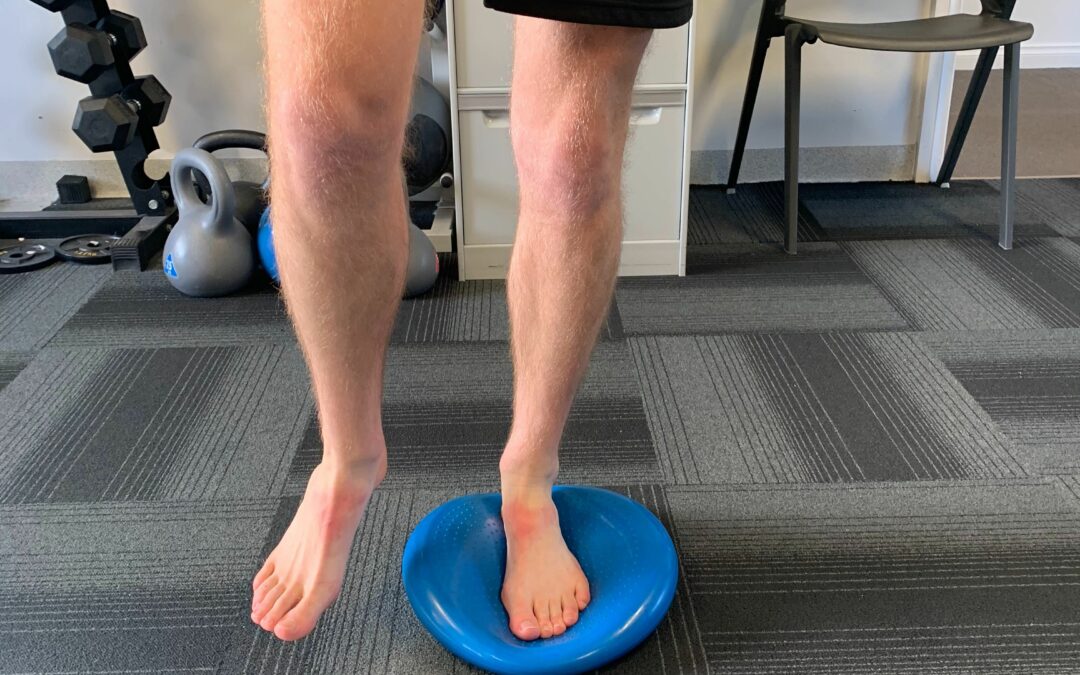How did you perform at Run Melbourne? Did you pull up sore or injury yourself on the run? Ankle sprains are a common running injury that I’m sure you’ve heard of before.
What is an ankle sprain? A sprain is the tearing of the ligaments that stabilise the ankle joint. This occurs when the stress placed on the joint exceeds the forces the ligament is strong enough to withstand. Ankle sprains are highly common in multidirectional sports like basketball, netball, football (AFL and soccer) and tennis. They are quite a common injury in the clinic and it’s something I see almost every weekend watching the AFL.
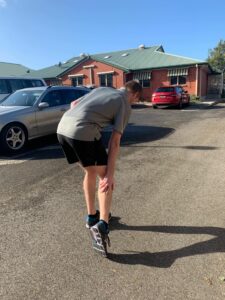 Most commonly (about 80% of all ankle sprains) the ankle rolls inwards, called a lateral ankle sprain, causing damage to one or more of the three the ligaments on the outside of the ankle joint. Less often the ankle can roll outwards, damaging the large deltoid ligament on the inside of your ankle. These injuries typically take a bit longer to heal. In some instances, ankle sprains can injure a ligament that connects your tibia and fibula (known as the syndesmosis or a high ankle sprain). If this occurs, recovery is often delayed and may require surgery if conservative rehab isn’t working.
Most commonly (about 80% of all ankle sprains) the ankle rolls inwards, called a lateral ankle sprain, causing damage to one or more of the three the ligaments on the outside of the ankle joint. Less often the ankle can roll outwards, damaging the large deltoid ligament on the inside of your ankle. These injuries typically take a bit longer to heal. In some instances, ankle sprains can injure a ligament that connects your tibia and fibula (known as the syndesmosis or a high ankle sprain). If this occurs, recovery is often delayed and may require surgery if conservative rehab isn’t working.
What should I do if I roll my ankle? Immediately following an ankle sprain (the first 48-72 hours), the best management is to apply the RICE principles and do NO HARM; Rest, Ice, Compression, Elevation and no Heat, Alcohol, Running/activity or Massage. It’s also important to get yourself assessed by a trained professional (i.e. GP or physio) to rule out ankle fractures or other serious pathologies.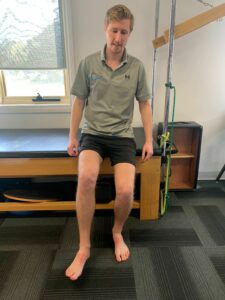
How long will I be out of action? This can vary depending on the severity of the sprain and what/how many ligaments have been injured in the incident. A simple tear could see you back playing within 2-6 weeks. A more complex sprain could take as long as 12 weeks. It’s important to note that the ligaments can take between 6 weeks to 12 months to properly heal. During this time you will likely have a residual ankle instability that needs to be addressed. This is where your physiotherapist will be important in providing you with a graded rehabilitation and return to play pathway (this is imperative!! read on to see why). 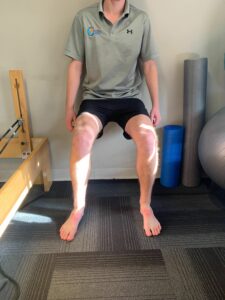
Why do I need to complete my ankle rehab program? Time after time we see clients into the clinic who have rolled their ankle…and not for the first time. In fact, spraining your ankle is one of the biggest risk factors for future ankle sprains. It seems we’re good at doing the early stuff right (the pain management side) but it seems to fall away when we get to the intensive rehabilitation. Remember, just because the pain has gone, doesn’t mean the hard work is done- it’s actually just getting started. Our ankles are so important in not only the production of force (ie. pushing off when running) but also the distribution of forces (when landing).
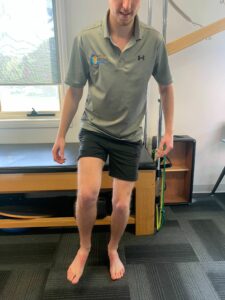
….So what?? Inefficiencies in force production may hinder your ability to complete speed and agility skills. This means slower, less powerful performance. Inefficiencies in force distribution at the ankle may lead to an increased risk of injuries further up the chain (ie. knee and hip) as these joints shoulder more of the load with every time the foot lands. This means an increased risk of time on the sidelines with some other injury.
The Bottom Line…“Do you swear to do The Rehab, The Whole Rehab, and nothing but The Rehab?!” We love seeing our fantastic clients, we hate seeing them injured, especially when it could’ve been prevented in the first place. If you’ve sprained your ankle and would like to learn more about how and why you should rehab it contact me via email ([email protected]) or call the clinic on 5251 5724.
